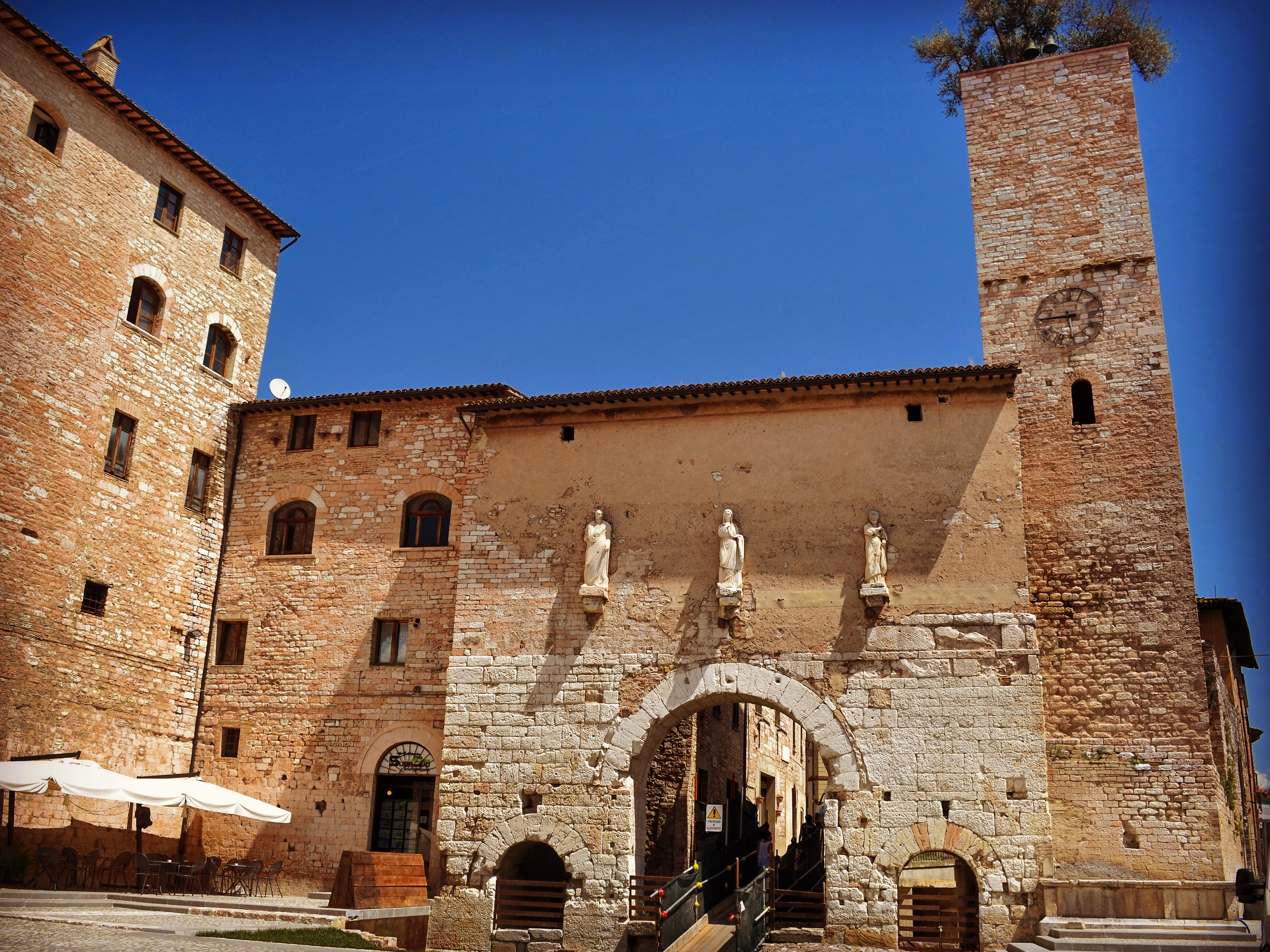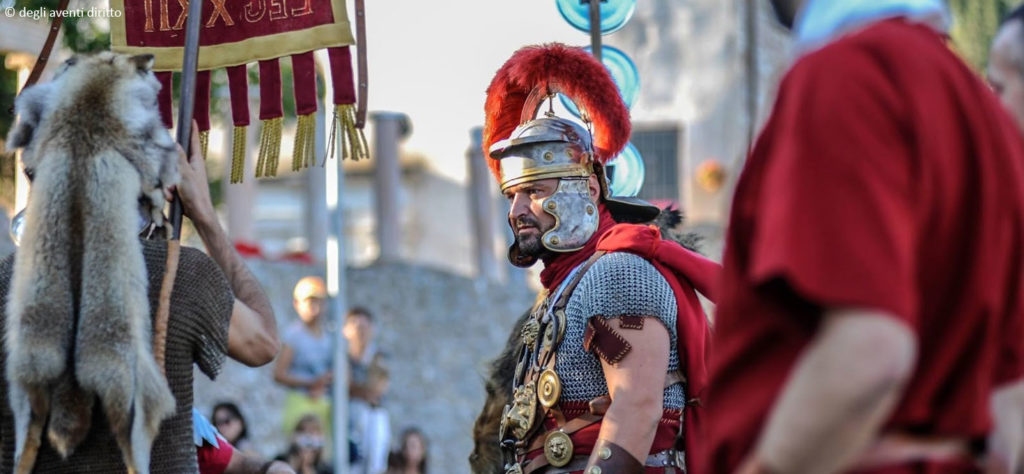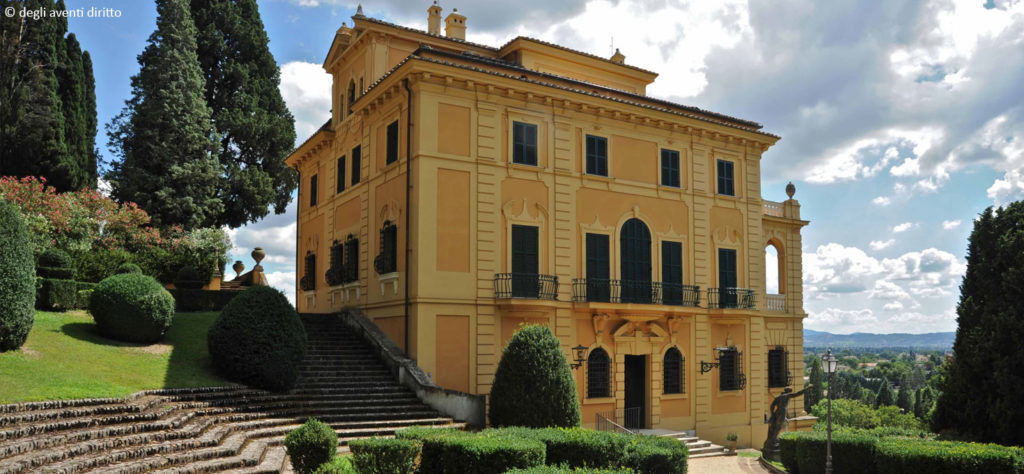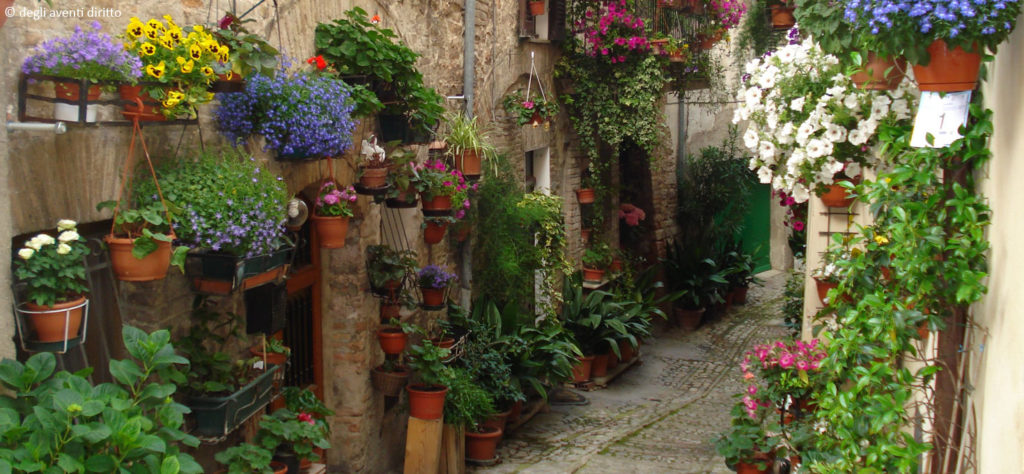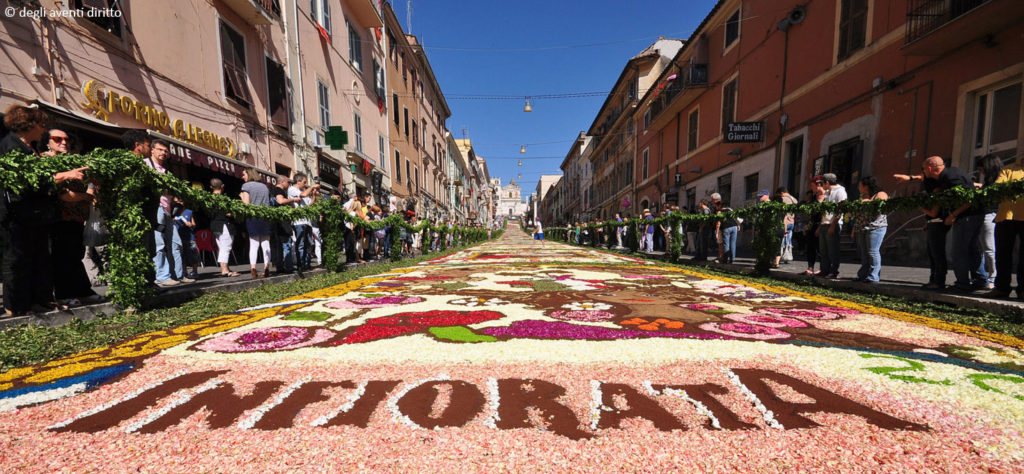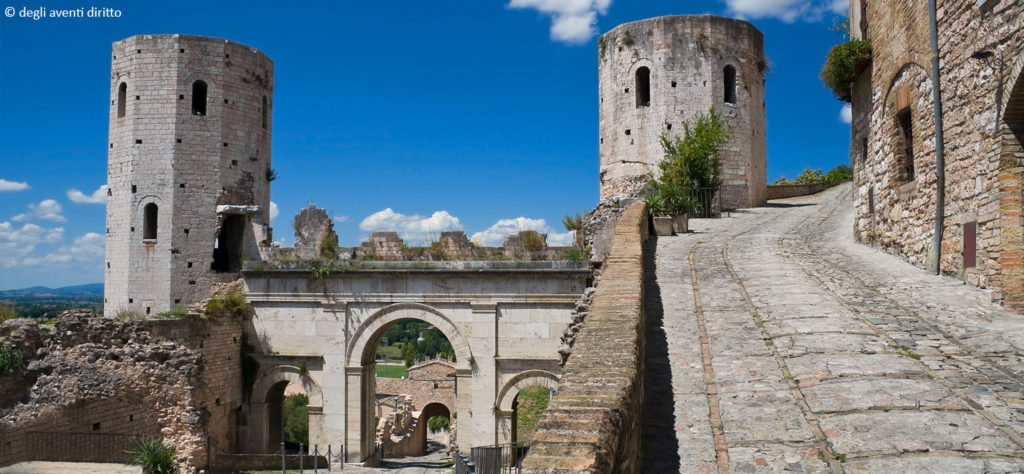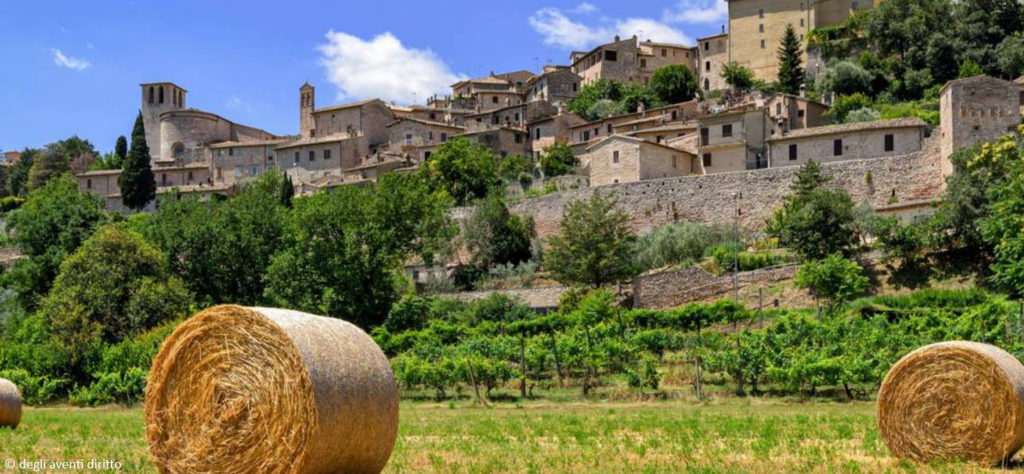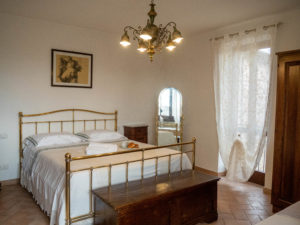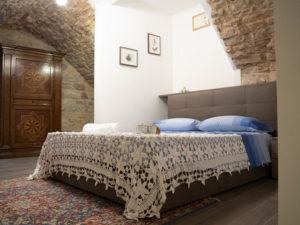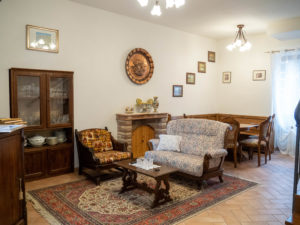Spello, called Hispellum in Roman times and declared by Augustus “Splendidissima Colonia Julia” is a suggestive Umbrian village. It is part of the circuit of the most beautiful villages in Italy and boasts the Orange Flag tourist-environmental quality mark, conferred by the Italian Touring Club.The extraordinary nature of events such as the Infiorata has made it possible to achieve prestigious goals: maximum awards in competitions National Flowering Municipalities and participation in Ente Fiorale, the European level competition that competes the most flowery municipalities in all of Europe and in which Spello was awarded the prestigious silver medal as “model city in Europe for environmental development and landscape accompanied by a careful preservation of art and traditions “.
The city of Spello, after being selected in 2017 among the many cities of the network of Flowered Municipalities as the seat of the National Convention of Flowered Municipalities,
Italy in the world competition “Communities in Bloom 2019”; such participation was
formalized in Bologna during the award ceremony of the national competition “Comuni Fioriti 2018” which saw Spello triumph with the assignment of 4 red flowers as the highest recognition for the Flowered Municipalities of Italy and with the awarding of the first prize for the “Comune Tourist “. The monuments and places of interest not to be missed are:
Porta Consolare: main entrance to the Roman city, in limestone from Subasio, with a medieval square tower and three republican marble statues. The funerary statues were added in the sixteenth century, coming from the area of the amphitheater.
Augustan walls and Urbica gate: about 2 km, among the most significant and intact city walls in Italy.
Porta Venere and Towers of Properzio: Augustan, very harmonious, with two mighty Romanesque dodecagonal towers.
Porta dell’Arce or dei Cappuccini: Roman, northern entrance to the city. Beyond the church of Vallegloria, on Via Cappuccini, there is a complete Roman arch, 20 m after the arch the Belvedere offers a splendid view that includes Spello, Assisi and Perugia.
Town Hall, in which there are Roman inscriptions, two portraits of the Flavian age, a valuable library with Venetian furniture and above all the well-known rescript of Constantine dated 333-337 AD, sixteenth-century external fountain with the coat of arms of Giulio lii.
Palazzo Baglioni, in Piazza della Repubblica, once the residence of the Baglioni of Perugia, lords of Spello until 1648.
Palazzo Urbani, with a splendid wooden gallery with a canopy from the early seventeenth century.
Tega Chapel, with frescoes by Alunno.
Collegiate Church of Santa Maria Maggiore, which houses, in the Baglioni chapel, frescoes by Pinturicchio (about 1500-1501) and a valuable floor of Deruta majolica (“Il frate”, 1566). Precious and rare is the Ciborium of the main altar, the work of Rocco da Vicenza (1515). The original facade, from the thirteenth century, was completely rebuilt around the middle of the seventeenth century. The interior has many Baroque elements including an altar.
Sant’Andrea Apostolo, guards the enthroned Madonna and saints by Pinturicchio and collaborators, from 1506-1508.
San Lorenzo Martire, with frescoes and a tabernacle from the 15th century.
San Claudio, 11th century Romanesque church (perhaps built over a temple dedicated to Saturn) with 14th century (Cola di Petrucciolo da Orvieto) and 15th century (Unknown) frescoes.
Late Roman (Augustan) villa, with remarkable well-preserved mosaics, located in Sant’Anna.
Villa Costanzi, much better known as Villa Fidelia, from the 17th-18th century, hosts events and concerts every year; not to be missed is the Day of Roses for enthusiasts and not.
Civic and diocesan art gallery, with interesting works from the fourteenth to the twentieth century.
The main point of interest of Spello is the city itself: among the hundreds of medieval streets and stairways, arches and corners, immersed in a breathtaking Umbrian countryside, they are second to none for beauty.
If you leave Spello through one of its upper gates (from Vallegloria) you can reach numerous paths on foot through splendid olive groves like Via degli Ulivi ‘s street. Continuing towards Mount Subasio, on whose slopes Spello rises, you reach Collepino, which is part of Spello, a small, very romantic and suggestive medieval village. After Collepino you enter the Subasio Regional Park which offers hiking trails, unspoiled nature, splendid views and an alternative route to Assisi.

